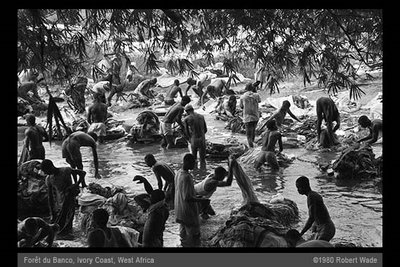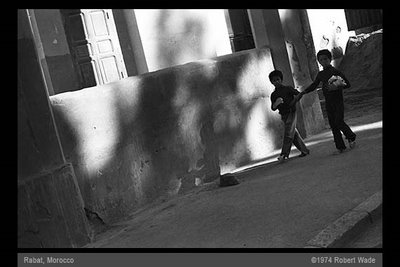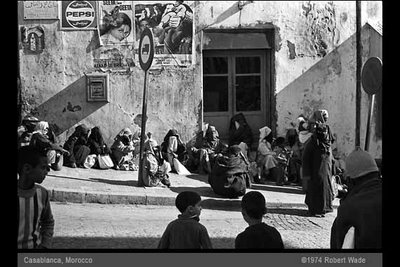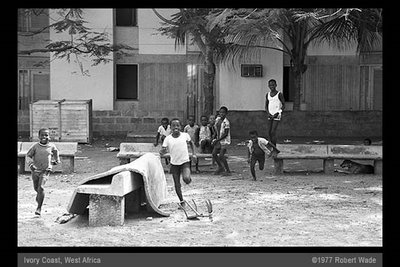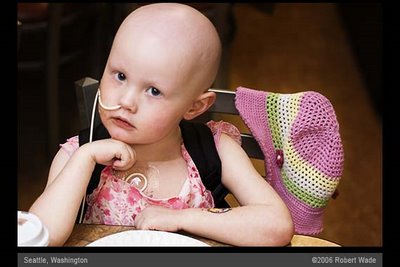
Seattle is a city of festivals. The incomparable Bumbershoot Festival (Labor Day Weekend) and the Earshot Jazz Festival (October-November) are my favorites. But for zany fun, it's hard to top the Fremont Fair.
Fremont is a Seattle neighborhood a few miles north of downtown. The self-proclaimed "Center of the Universe" retains its charm despite an influx of tech businesses, including a substantial Adobe Systems facility and a new Google office. No doubt Fremont stands alone among American communities in possessing a Lenin statue, missile and troll.
A highlight of the fair is the parade. Following tradition, the official 2006 parade was preceded by a big group of people cavorting without clothes. Nudity at a family-oriented event? No problem. There are no dirty minds in Fremont.

Although, some of the celebrants may be harder to understand than others:

The big crowds result in exhortations of all kinds (the past few years, even Republicans have shown up).
Hard at work raising money to support the fair's charity:

Loudly urging all in attendance to REPENT:










